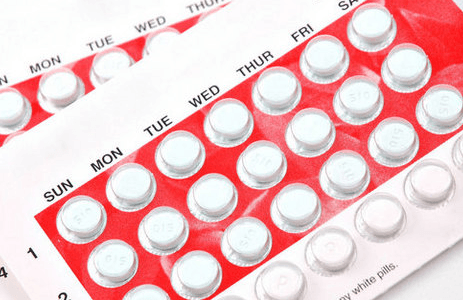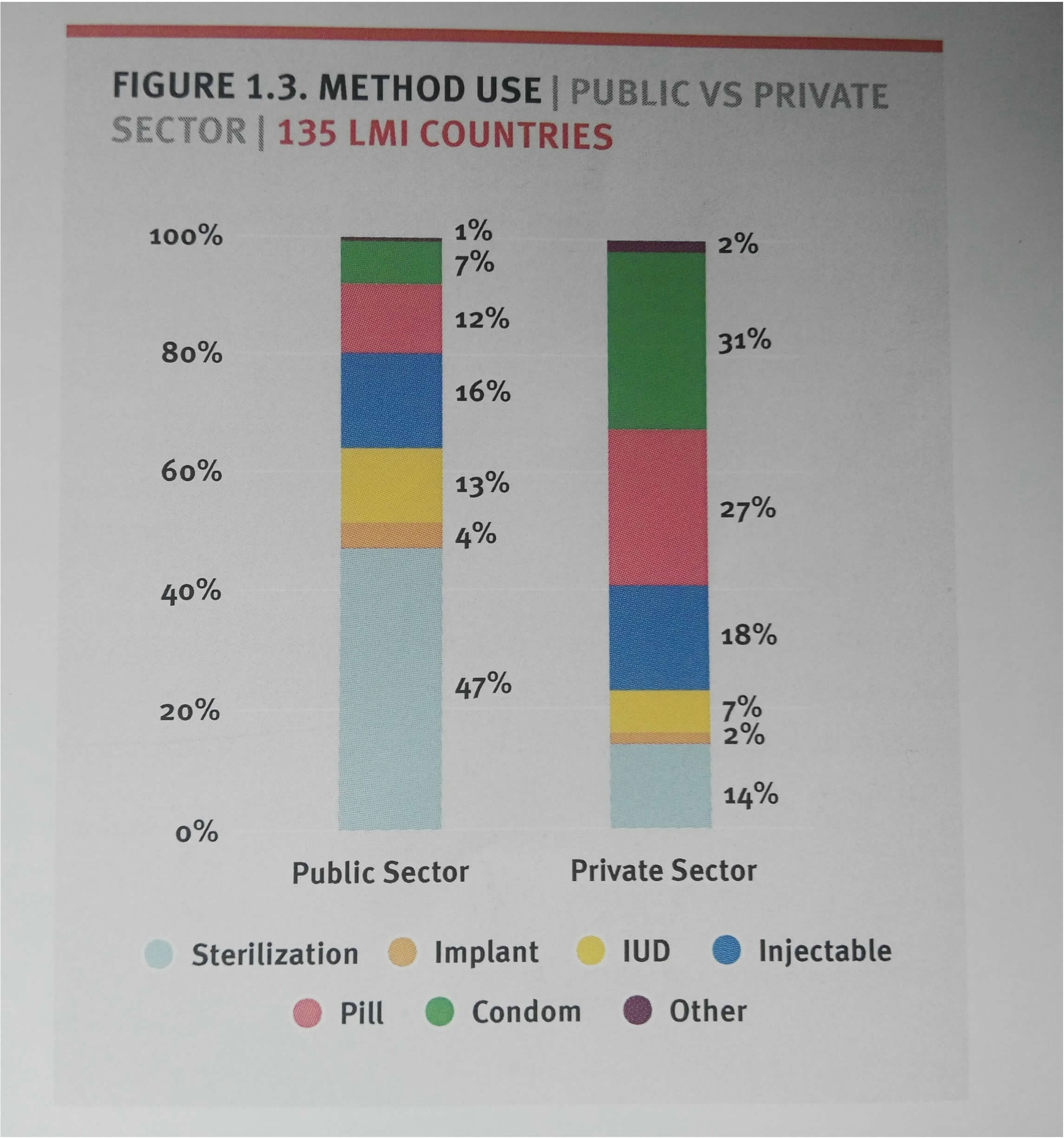Ghanaian women to consume 13.4 million cycles of contraceptive pills
 Ghanaian women are expected to consume 13.4 million cycles of contraceptive pills over the next three years, according to analysis from a new report by the Reproductive Health Supplies Coalition.
Ghanaian women are expected to consume 13.4 million cycles of contraceptive pills over the next three years, according to analysis from a new report by the Reproductive Health Supplies Coalition.
Analysis of the results of the fourth report, the Global Contraceptive Commodity Gap Analysis 2018 (CGA 2018) which was launched at the coalition’s annual general meeting in Brussels, Belgium, recently, suggest that by 2020 there will be 493 million users of contraception in the 135 low- and middle –income countries (LMIC) of whom 337 million will live in the 69 FP2020 countries (a global partnership that supports the rights of women and girls on issues of family planning), with Ghana as key member in both instances.
Key findings for Ghana, as part of the FP2020 countries is that over the next three years (2018 to 2020) women are expected to consume 13.4 million cycles of contraceptive pills as against the global figure of 2.05 billion, the study shows.
Again 8.23 million and 560,000 women will receive doses of injectable contraceptives and implants device as against the global consumption of 846 million and 18.2 million projections within the same period, respectively.
The report is however silent on Ghana’s position on IUD (Intrauterine device) consumption but it is anticipated that 20.6 million women would patronize IUD globally and showing consumption pattern cost increasing by $1.49 million from current levels and a three year total cost of $32.1 million.
Michelle Weinberger, Technical lead on the CGA 2018 has said that the Commodity Gap Analysis highlight the urgent need for increases in funding to keep up with the growing demand for contraceptive commodities in the coming years.
She said RHSC- a global partnership of public, private and non-governmental organizations envisions ensuring that the population in LMIC and FP2020 countries could access and use affordable, high-quality supplies for their better reproductive health.
“We expect to bring contraceptive commodities to the doorstep of the numerous clients in Ghana and the world at large,” she added.
The report states that total annual spending on contraceptive supplies in the 69 FP2020 countries is currently $1.03 billion dollars with international donors spending $247 million dollars on supplies (24 per cent of total spending).
Country governments spend $136 billion on supply or 13 per cent of total spending with individuals who bought supplies from private sector spending $ 650 million or (63 per cent) of total spending.
In 2017, there were 1.1 million users of contraception in Ghana against 309 million users living in the 69 FP 2020 countries.
It said in 2020, the total volume of supplies to be consumed by all users would amount to $1.21 billion, while the cumulative cost of all supplies consumed over the next three years period will be $3.5 billion with supplies consumed by users in 2017 alone costing $1.09 billion.
The analysis indicates further that meeting the contraceptive consumption needs over the next three years will require $8.45 billion across the 135 countries and $3.5 billion in the FP2020 countries alone.
In most cases out of the pocket expenditures will account for the vast majority of that financing.
The new data has demonstrated an inverse relationship between cost and users across public and private sectors.
Among the 69 FP2020 countries for example, the study found that while the public sector contributed only 37 per cent to total spending, it actually supported 59 per cent of users.
The study projected that a funding gap of $93.1 million would emerge in 2018 and $175 million expected in 2020 for that year alone, if the total funding for supplies remain at the current level while the consumption cost grows. The cumulative funding gap for the three year period would hit $402 million.
In the findings for the135 LMICs, the report demonstrates 3.58 billion cycles of contraceptive pills, 1.11 billion doses of injectables, 30.5 million IUDs and 21.2 million implants would be consumed and received.
It said in 2017, $2.76 billion worth of supplies was consumed and expects a cumulative cost of all supplies over the next three years to total $8.45 billion.
The report indicated a funding gap of $238 million for this year alone and cumulatively for the period 2018-2020 to gross $793 million.
Meanwhile, the World Health Organisation (WHO) says 214 million women of reproductive age have an unmet need for family planning method in developing countries. It said 24.2 per cent of the figure affects Africa, according to its 2015 records.
The WHO is therefore working to promote family planning by producing evidence-based guidelines on safety and service delivery of contraceptive methods, developing quality standards and providing prequalification of contraceptive commodities and helping countries introduce, adapt and implement these tools to meet their needs.
By Maxwell Awumah back from Brussels, Belgium
